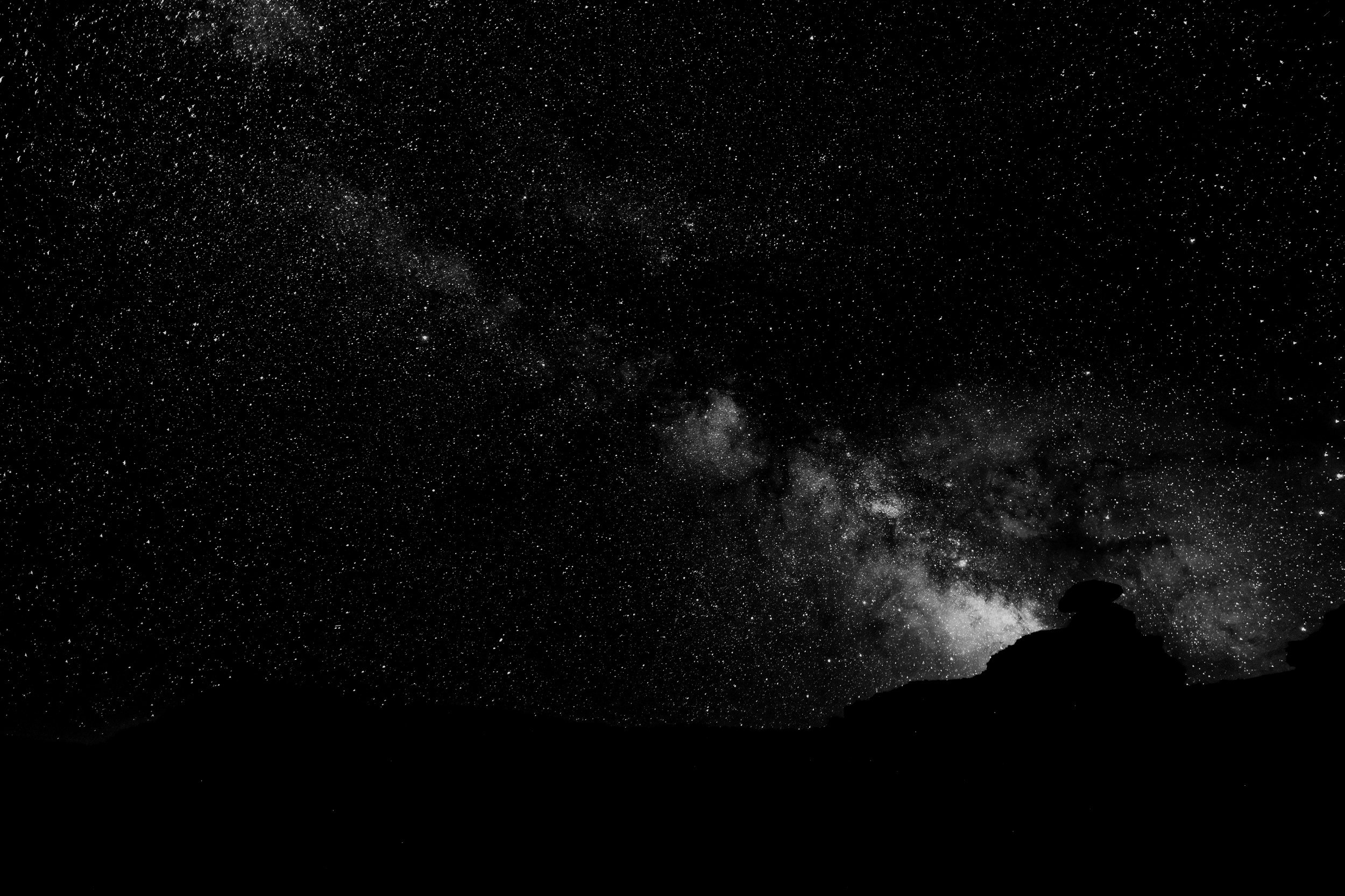
burial options
Burial Options:
Here’s a combined list of burial options with their descriptions and references:
1. In-Ground Burial
2. Traditional Burial: A coffin or casket is buried in a cemetery plot, often after a funeral service. The body may be embalmed.
a. Reference: National Funeral Directors Association (NFDA)
3. Natural Burial: The body is buried without embalming in biodegradable materials to allow for natural decomposition. Often in designated "green" cemeteries.
a. Reference: Green Burial Council
4. Cremation: Traditional Cremation: The body is incinerated, and the remaining bone fragments are pulverized into "ashes." These can be kept in an urn, scattered, or buried.
a. Reference: Cremation Association of North America (CANA)
5. Water Cremation (Alkaline Hydrolysis): An eco-friendly process where the body is broken down using water and lye, leaving behind liquid and bone, which is turned into ashes.
a. Reference: https://funerals.org/
6. Above-Ground Burial: Mausoleum Burial: The body is entombed in a structure like a family mausoleum or columbarium, instead of being buried underground.
a. Reference: International Cemetery, Cremation & Funeral Association (ICCFA)
7. Crypt Burial: Similar to a mausoleum, the body is stored in a sealed vault or crypt, above ground.
a. https://www.us-funerals.com/
8. Jewish Traditional Burial: Describes the Jewish traditions for Death, Burial and Mourning.
a. https://rohatynjewishheritage.org/en/culture/death-burial-mourning/
9. Sea Burial: The body or ashes are placed into the ocean, often regulated by laws. Full-body sea burials require the use of biodegradable materials.
a. Reference: EPA: Burial at Sea Regulations
10. Resomation (Biocremation): A method that involves dissolving the body using alkaline hydrolysis, leaving only bones that are processed into ashes. It is considered eco-friendly.
a. Reference: Resomation.com
11. Promession: The body is freeze-dried using liquid nitrogen and then vibrated to break it into powder. The remains can be buried in a biodegradable container.
a. Reference: Promessa
12. Recomposition (Human Composting):A process where the body is placed in a controlled environment and transformed into soil over several weeks. Often referred to as "natural organic reduction."
a. Reference: Recompose
13. Burial at Sea for Ashes: For cremated remains, they can be scattered at sea using special urns that biodegrade in water, in accordance with maritime laws.
a. Reference: EPA: Burial of Cremated Remains
14. Donation to Science: The body is donated to medical institutions for research or education. Afterward, the body may be cremated or returned to the family for burial.
a. Reference: Science Care, MedCure
15. Sky Burial (Tibetan Tradition): The body is left on a mountaintop to decompose naturally or be consumed by birds, following Tibetan Buddhist spiritual traditions.
a. Reference: Tibetan Sky Burial
16. Mushroom Burial (Infinity Burial Suit): A biodegradable suit with mushroom spores that helps decompose the body and remove toxins from the soil during decomposition.
a. Reference: Coeio
17. Cryonics: The body is frozen at extremely low temperatures in hopes that future technology may revive it.
a. Reference: Cryonics Institute
18. Space Burial: A portion of cremated remains is sent into space on a spaceflight, either to orbit the Earth or be released into deep space.
Reference: Celestis Memorial Spaceflights